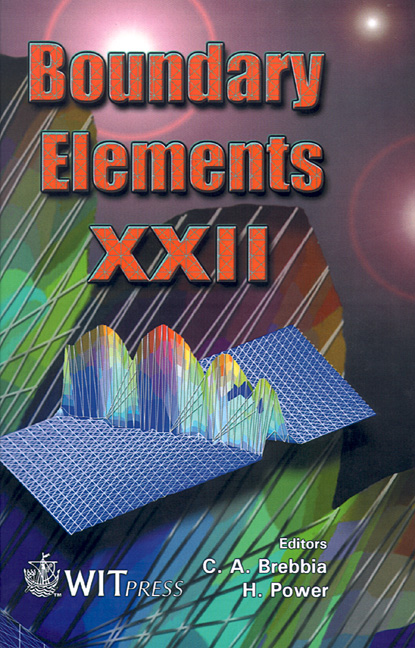Bi-cubic Spline Functions In BEM Computations Of Electrostatic HV-fields
Price
Free (open access)
Transaction
Volume
26
Pages
10
Published
2000
Size
961 kb
Paper DOI
10.2495/BE000411
Copyright
WIT Press
Author(s)
C. Vetter
Abstract
The Boundary-Element-Method (BEM) is traditionally linked to electrostatic HV- problems for calculating the field stress of diverse electrical configurations. This paper describes an approach using bi-cubic spline functions as boundary elements for modeling complex, three-dimensional geometries and computing the electric field. Following well-known BEM, the boundary surfaces of high-voltage arrangements are divided into a large number of patches. Standard elements, e.g. cylinders, cones, toroidals, spheres, triangles and rectangles are provided for simulating sim- ple configurations, but they become unusable in case of arbitrary, non-rotational symmetric geometries because of their limited approximation power. In order to model a complex 3D-surf ace in an optimum way, bi-cubic spline functions are used to approximate the given contour. Appropriate met
Keywords





